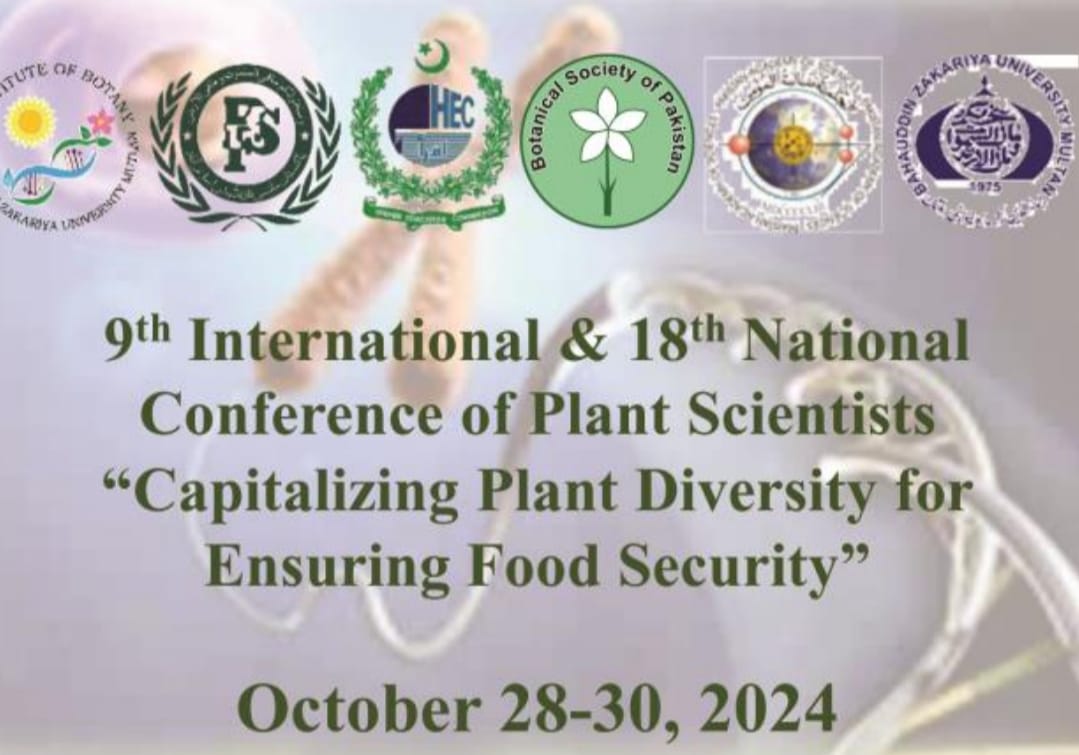
PJB-2025-146
Screening of secondary metabolites and investigation of plants used in treatment of upper respiratory tract infections in northern Cyprus based on ethnobotanical approach
Mehmetali Beyaz, Emmanuel Mshelia Halilu and Övgü İşbilen
Abstract
Ethnobotany and drug discovery are interconnected as it has played a pivotal role in the discovery of effective drugs for treatment of diseases in both humans and animals. Plants have historically played a crucial role in the discovery of therapeutic agents for upper respiratory tract infections, serving as a rich source of bioactive compounds with antimicrobial, anti-inflammatory, and immunomodulatory properties that justify their continued exploration. The upper respiratory tract is the most frequently infected part of the respiratory system due to the direct exposure to the external environment. The research was aimed at selecting plants frequently used in the Northern Cyprus for treatment of upper respiratory tract infection and to screen their chemical constituents and antibacterial activities. The information on the plants were collected by administration of structured questionnaire to 60 respondents in Avtepe, Kuruova and Kaleburnu villages of the Karpaz region of Northern Cyprus base on their sociodemographic information. The collected plants were evaluated for their phytochemical constituents using qualitative screening and LC-MS. The disk diffusion, MIC and MBC assays were performed in order to determine the antimicrobial effects of collected plant extracts against the pathogenic bacteria involved in the upper respiratory system infections. The plants collected cuts across a number of families including Lamiaceae, Zingiberaceae, Asteraceae, Apiaceae, Malvaceae, Amaryllidaceae, Asparagaceae, Cupressaceae, Oleaceae, Myrtaceae, Fabaceae and Rutaceae. During the research, seventeen (17) plants were mention by the respondents to be effective in the treatment of upper respiratory tract infections and the most frequently used plants belongs to the Lamiaceae (Salvia fruticosa (35.29%), Mentha spicata and (12.94%) Thymus capitatus (10.59%). Water is the popular solvent used for extraction (80%) and preparation in the form of tea is the most frequently used by the respondents (85%) among other methods. According to the respondents, the plants are collected mostly from the wild sources (76.67%). The leaves were the most frequently used part of the plants as it constituted 80% of the responses. The extracts (20 mg/mL) were screened for antimicrobial activity using the disk diffusion and micro-dilution on S. aureus, B. subtilis, E. coli, P. aeruginosa, S. typhi, and K. pneumoniae. The phytochemical screening revealed the presence of saponins, tannins, flavonoids, Steroids/Triterpenoids and cardiac glycosides. Gallic acid, protocatechuic acid, 2,5-Dihydroxybenzoic acid, caffeic acid, p-coumaric acid, jaceosidin, apigenin, luteolin, quercetin and others were identified in appreciable amounts in the selected plant extracts by LC-MS/MS. The zone of inhibition of growth produced ranged between 4.66 ± 0.47 mm to 20 ± 0.1 mm on the microorganisms. The standard antibiotic (ofloxacin 5µ) produced zone of 25.66 ± 0.94 mm. The MIC produced by the extracts ranged between 5 mg/mL and 10 mg/mL. In the MBC only Thymus capitatus extract was found to be bactericidal on E. coli and P. aeruginosa with value of 10 mg/mL and 5 mg/mL respectively. This survey has identified important plants with potential application in treatment upper respiratory tract infections and other bacterial infections
To Cite this article: Beyaz, M., E.M. Halilu and Ö. İşbilen. 2026. Screening of secondary metabolites and investigation of plants used in treatment of upper respiratory tract infections in northern Cyprus based on ethnobotanical approach. Pak. J. Bot., 58(2): DOI: http://dx.doi.org/10.30848/PJB2026-2(6)
Download PDF


